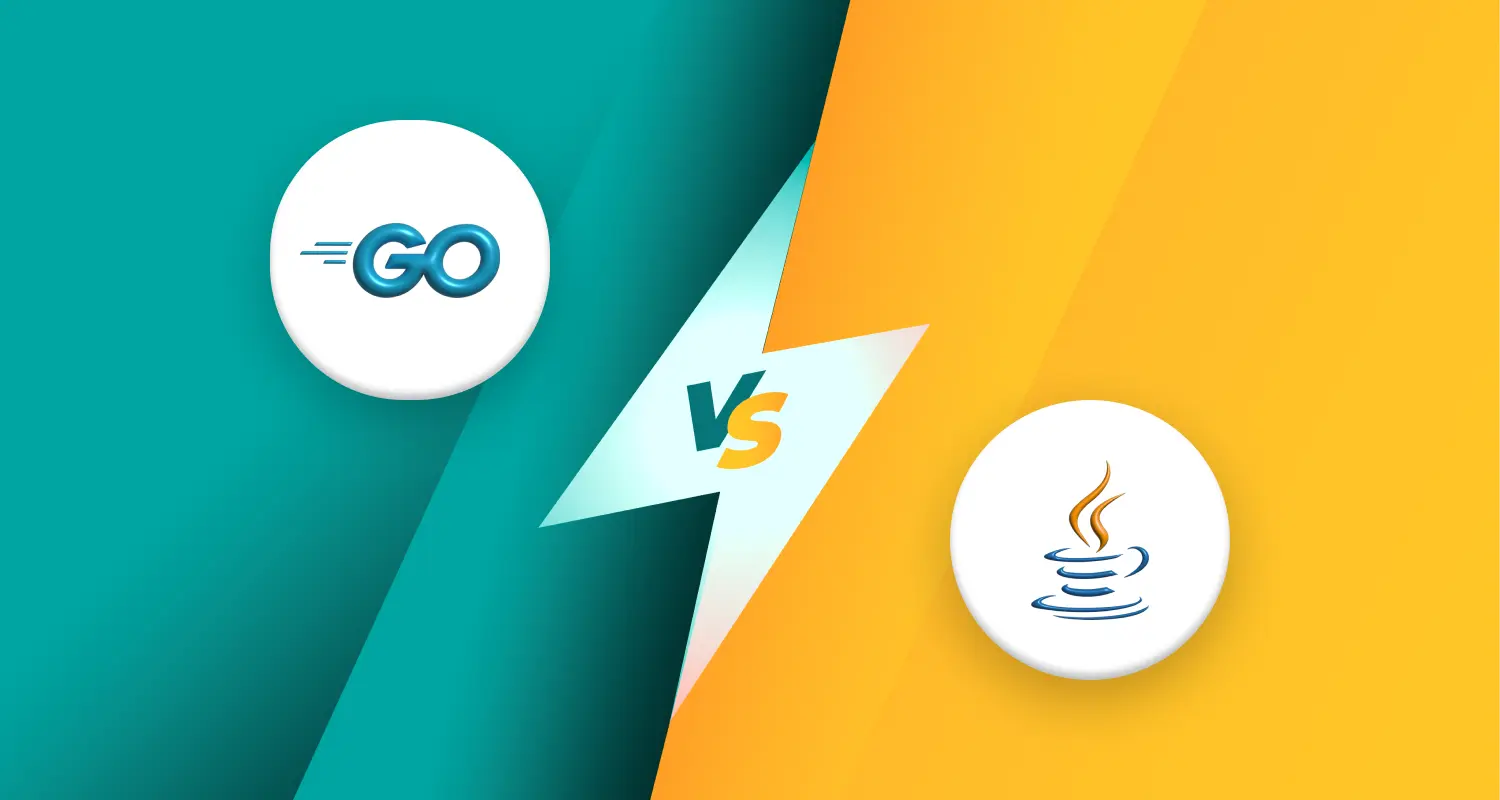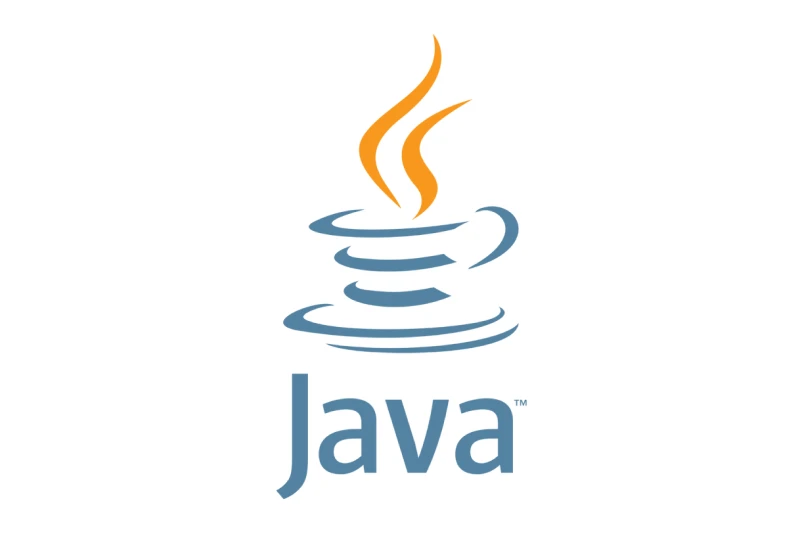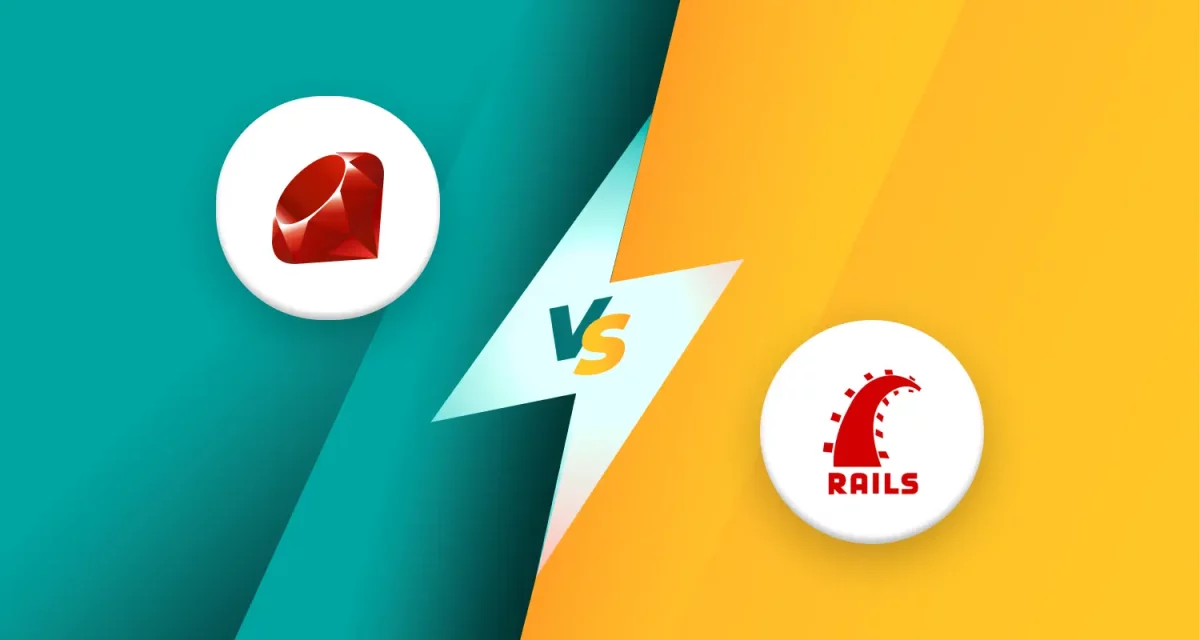
In the fast-evolving world of software development, choosing the correct programming language can make or break your project’s success. While Java has long been a staple in the industry, Golang is rapidly gaining momentum as a powerful alternative for modern applications.
But which one should you choose? In this article, we’ll dive into a detailed comparison of Golang vs Java, exploring their strengths, performance, and ideal use cases. By the end, you’ll understand why Golang might be the better choice for scalable, high-performance systems in 2025. Ready to make an informed decision? Let’s get started!
1. What is Golang?
Golang, also known as Go, was created by Google engineers Robert Griesemer, Rob Pike, and Ken Thompson in 2007 and officially released in 2009. It was designed to address issues with scalability and efficiency in large-scale systems, especially in cloud computing and microservices. Go’s simplicity and speed made it popular for building highly concurrent systems.

Key features:
- Concurrency: Golang’s goroutines and channels make it easier to handle multiple tasks concurrently, offering a lightweight, efficient way to manage parallel processing.
- Performance: As a compiled language, Golang offers faster execution and lower latency, making it suitable for high-performance applications.
- Simplicity: Golang’s syntax is minimalistic, prioritizing readability and ease of use, which reduces development time.
- Cross-platform support: With Go, developers can build applications that run smoothly on different platforms without significant changes to the codebase.
2. What is Java?
Java was developed by Sun Microsystems (acquired by Oracle) and released in 1995. Its “write once, run anywhere” philosophy, facilitated by the Java Virtual Machine (JVM), revolutionized cross-platform development. Due to its stability and extensive ecosystem, Java has been a staple in enterprise-level applications, mobile development (Android), and large-scale systems.

Key Features:
- Object-Oriented Programming (OOP): Java is fundamentally object-oriented, allowing for modular, reusable, and maintainable code, which is ideal for large projects.
- Cross-platform compatibility: Java applications run on any device that supports the JVM, ensuring portability across different operating systems.
- Robust ecosystem: With a massive library of frameworks, tools, and community support, Java is well-suited for everything from enterprise software to mobile apps.
- Multithreading: Java’s capabilities allow it to efficiently handle multiple tasks simultaneously, though it can be more resource-intensive than Go’s goroutines.
Golang and Java have unique strengths, and understanding their foundations is key to choosing the right one for your project needs.
Rear more >>> C# vs Java: Similarities, Differences, and Practical Insights
3. Core differences between Golang vs Java
3.1. Syntax and language design

Simplicity vs verbosity: Golang is designed with simplicity in mind. Its syntax is clean, concise, and minimal, making it easier for developers to pick up and write code quickly. The language avoids unnecessary complexity, which results in faster development cycles and fewer chances for errors. On the other hand, Java is more verbose, focusing on object-oriented principles and extensive use of interfaces, classes, and generics. While this structure offers flexibility and scalability for large systems, it can sometimes make Java code harder to read and maintain.
3.2. Performance and efficiency
- Compilation vs interpretation: Golang is a compiled language, meaning it is directly translated into machine code before execution. This results in faster runtime performance, making Go particularly effective for high-performance, real-time systems. Java, however, is interpreted via the Java Virtual Machine (JVM), which allows it to be platform-independent but can introduce additional overhead, leading to slower execution times in certain use cases.
- Startup times and memory usage: Golang excels in startup time, as compiled code can run immediately without needing a runtime environment like the JVM. It also uses memory more efficiently, making it a better choice for microservices and cloud-native applications where resource optimization is critical. Java, while highly optimized for long-running applications, typically has slower startup times and higher memory consumption due to the overhead of the JVM and garbage collection processes.
Read more >>> Python vs Java: Key Differences, Use Cases, and Which to Choose
3.3. Concurrency models

Goroutines vs threads: Concurrency is one of Golang’s standout features. It uses goroutines, which are lightweight, efficient, and managed by Go’s runtime, allowing developers to handle thousands of tasks concurrently with minimal resource consumption. On the other hand, Java uses traditional concurrency threads, which are more resource-intensive and challenging to manage, especially in large-scale systems. Golang’s approach to concurrency, with its built-in goroutines and channels, makes it more straightforward and scalable for handling multiple operations simultaneously.
3.4. Error handling approaches
Explicit error checking in Go vs exceptions in Java: In Golang, error handling is explicit. Developers must check for errors after each operation, leading to more transparent and predictable error management. While this can sometimes result in repetitive code, it ensures that errors are handled properly at every step. Java uses exceptions, which can simplify error handling by allowing the program to throw and catch exceptions when something goes wrong. However, this can lead to errors being overlooked if exceptions aren’t properly handled, and it can also introduce additional complexity in large applications.
4. Why Golang is gaining popularity over Java
4.1. Speed and performance

Faster execution and lower latency: Golang’s compiled nature offers speedier execution than Java’s interpreted code. This leads to lower latency, making Golang ideal for performance-critical applications such as real-time systems, high-frequency trading, and microservices. The lightweight nature of Go’s goroutines also means that tasks can be handled simultaneously without adding significant overhead, resulting in a more responsive application overall. Java, while performant, often lags in speed due to JVM overhead, making Go a more attractive option for projects that demand high-speed execution and quick response times.
Read more >>> Kotlin vs Swift: A Comparison and How to Choose in 2025
4.2. Scalability and concurrency
Efficient handling of concurrent tasks: One of Golang’s standout features is its native support for concurrency via goroutines. These lightweight threads allow Golang to handle thousands of concurrent tasks efficiently without consuming too much memory or processing power. This makes it an excellent choice for building scalable, high-performance applications in environments like cloud computing and microservices. Java’s multithreading capabilities, while robust, require more system resources and complex management, which can complicate scaling and handling large numbers of concurrent tasks. Golang’s simple concurrency model has made it a go-to for companies focusing on scalability and real-time applications.
4.3. Developer productivity

Simpler syntax and faster development cycles: Golang’s design philosophy focuses on simplicity and minimalism. The language’s straightforward syntax reduces boilerplate code and eliminates the need for excessive configuration, allowing developers to get projects off the ground faster. This increased developer productivity leads to quicker development cycles and a faster time-to-market for applications. While incredibly powerful, Java often requires more lines of code and setup, which can slow development, especially for smaller projects or startups working with tight timelines.
4.4. Ecosystem and community support
- Growing libraries and frameworks: As Golang continues to rise in popularity, so does its ecosystem. The language has a growing collection of libraries, frameworks, and tools that make it easier to build robust applications. These resources and the increasing number of tutorials and documentation have helped speed up development for teams adopting Go. With its long-established ecosystem, Java remains dominant in the enterprise world. Still, Golang’s modern approach has rapidly attracted developers in areas like microservices, cloud-native applications, and containerization.
- Active developer community: Golang’s community is passionate and highly engaged, which is crucial for the rapid growth of any programming language. With increasing developers contributing to open-source projects, creating libraries, and discussing best practices, Golang is becoming a well-supported language in various domains. Java also benefits from a vast and established community. Still, Go’s modernity and focus on solving current software development challenges have spurred its rise, especially in DevOps, cloud computing, and distributed systems.
Golang’s performance, scalability, and developer-friendly design drive its rapid adoption in modern software development. With increasing community support and a growing ecosystem of tools and libraries, it’s easy to see why Golang is quickly becoming the go-to choice for projects that require high performance, fast development cycles, and a simple, scalable architecture. Whether you’re building microservices, real-time applications, or cloud-native systems, Golang’s capabilities make it a compelling alternative to Java.
5. Conclusion
In conclusion, Golang vs Java have their strengths, with Golang offering superior speed, concurrency, and scalability, making it ideal for modern, high-performance applications. With its mature ecosystem, Java remains a top choice for large-scale enterprise solutions. The correct language for your project depends on your specific needs—whether fast development cycles and lightweight performance or robust frameworks and broad compatibility. Whichever you choose, both languages have proven to be powerful tools in software development.




